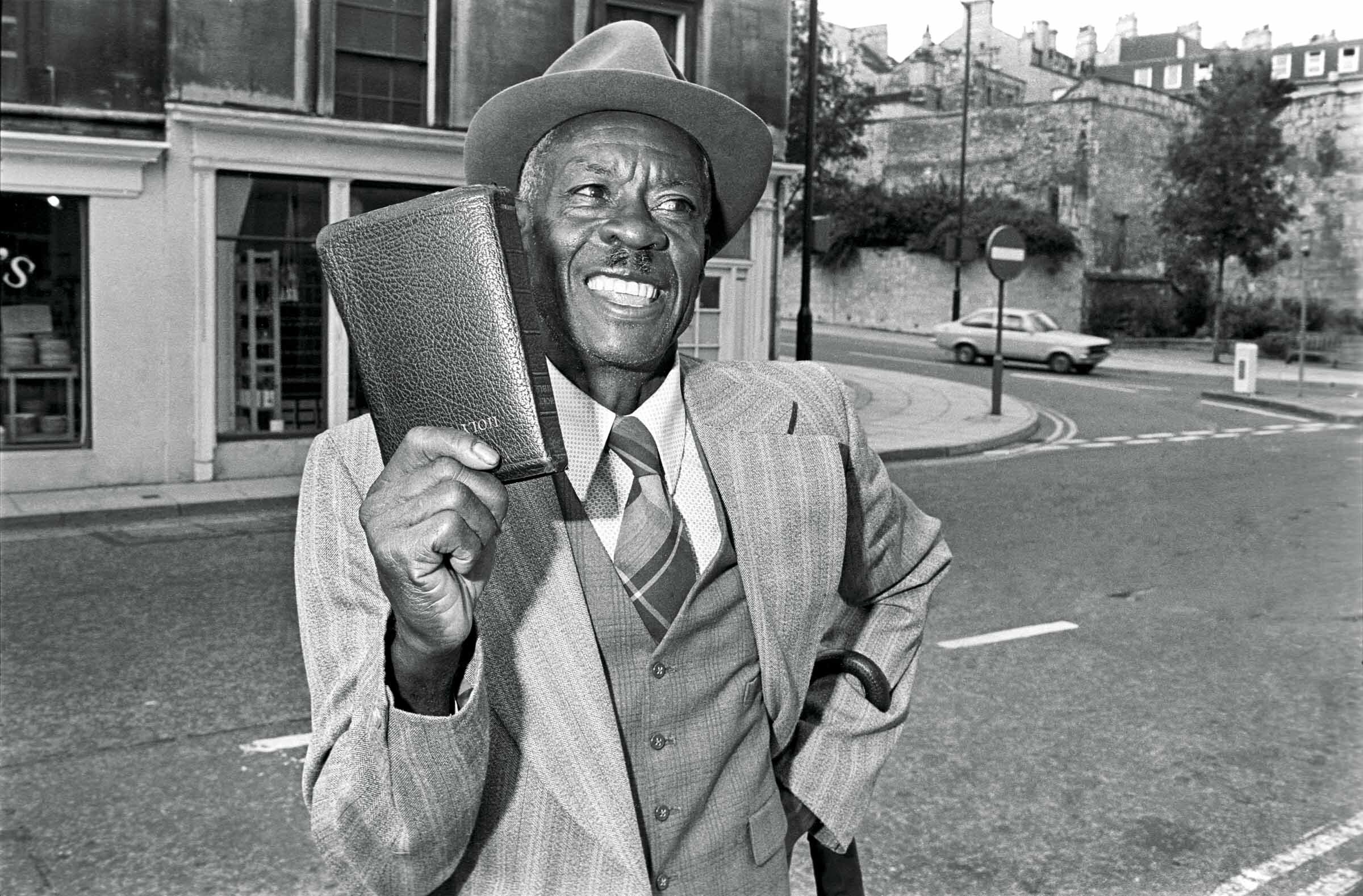Thank you so much to P3 for this review of my upcoming publication, Abandoned Moments, with Kehrer Verlag.
The American photojournalist Ed Kashi describes, in his most recent photobook Moments of Abandonment: Love Letter to Photography , the “visceral and emotional” relationship he maintains with Photography. “Over decades of work, I've developed an immersive approach that allows me to shoot intuitively, detached from the camera's viewfinder,” he explains to the P3. "In those moments, I'm not trying to tell a story, I'm just reacting to what I'm feeling."
Ana Marques Maia
September 17, 2021, 8:38 am
Over more than 40 years of career, American photojournalist Ed Kashi witnessed, in his words, “unfathomable pain and cruelty”. The coverage of the conflicts in Iraq, Syria, Afghanistan, the coexistence with oppressed minorities, with victims of labor and sexual exploitation, left deep psychological marks that did not shake something that it considers "a blessing" and, at the same time, a kind of “terminal illness”: his love for Photography. His most recent photo book, entitled Moments of Abandonment: a Love Letter to Photography , translates into images the visceral relationship he maintains with Photography and officially signs a “philosophical statement” that stands at the opposite of Henri Cartier-Bresson's and of its famous “decisive moment”. Kashi explores, in the set of images he gathered, what he coins of the “moment of abandonment”, which he describes, in an interview with P3 from New York, as a photographic practice that privileges instinct, intuition, surrender and chaos.
In contrast to his journalistic work, which is regularly published in National Geographic magazine and in publications such as the New Yorker magazine or the news channel and television station MSNBC, which is remarkably meticulous, sober, the result of a careful, lingering, in-depth look at the themes on which it focuses, the set of images that make up Kashi's photo book overflows with energy, movement, unpredictability. “Over decades of work, I've developed an immersive approach that allows me to shoot intuitively, detached from the camera's viewfinder,” he explains. “It's visceral, emotional, not cerebral. In those moments, I'm not trying to tell a story, I'm just reacting to what I'm feeling, seeing, smelling.”
Portrait of photojournalist and videographer Ed Kashi. Throughout his 44-year career, the American has been awarded multiple times in the World Press Photo and POYi contests. ©Amr Alfiky
In this instinctive gesture, in which he admits to losing part of control over the final result, Kashi sees “a fundamentally different style and approach to Photography”, he says. "In it is contained, in a way, the psychology of the photographer." But not only. Safety in the field may also depend on the adoption of this photographic strategy. "In a context of conflict or hostility, pointing a camera, raising it to eye level, is the equivalent of pointing a gun." In 2013, he recalls, when he was producing a work for National Geographic about the conflict between Christians and Muslims in northern Nigeria, the car in which he was following was intercepted by the military, who violently challenged his team. “At that moment, if I had conventionally aimed the camera, I would have been stopped and my camera would have been destroyed. I estimated what I wanted to frame, namely the people on the ground and the military's guns pointed, and fired instinctively—and discreetly. The only thing I cared about was getting an image.” There are several images in the photobook that describe this situation, in different geographic contexts.
Kashi's vibrant “love letter” is divided into five chapters that clearly delineate the author's autobiographical aspects and the bittersweet relationship he maintains with his craft. “I have to submit to the chaos of reality”, “For me, the most difficult thing was to overcome people's fear”, “We must never lose the fascination of the world” are some of the titles that allow us to listen to the challenges, motivations and rewards from your career path; the images that illustrate each of these chapters subjectively and intimately support these aspects.
Moments of tension, violence, joy, and unusual fill the pages of the photobook, but one of them has a special meaning for the 64-year-old photojournalist. “In 1977, at age 19, I painted a portrait of a Jamaican pastor with a Bible in his hand, and at that time I still didn't quite know what I was doing. It was the first time I shot with a flash in broad daylight." This image is at the genesis of the concept on which this book is based, he stresses. "It was my moment of revelation." Since then, 44 years later, his passion for Photography has remained firm. “It makes me feel alive, connected to the world; it takes me out of myself, it's the perfect excuse to keep asking people questions, and it's a continual source of learning.”
The 68 frames of this retrospective work, captured between 1977 and 2020, belong to bodies of work already published. It is in the photographic edition, however, in the way in which the images are recontextualized, that lies “the magic” of this photobook, edited by Kehrer Verlag. “I echo the words of photographer Don McCullin , who says that at night, when he lies down in his bed, he hears his negatives talking. I've always found this image to be very beautiful and I think it perfectly translates what I experience.” You chose those that are, for you, good photographs and those that, in color or black and white, best “talk to each other”. This is not the first retrospective work by Kashi, who in 2008 published book 3 , composed of triptychs, and Photojournalisms, in 2012, a photographic diary aimed at women, with whom she works regularly. “The big difference in this book is that we want to convey a clear and philosophical message regarding Photography.”







